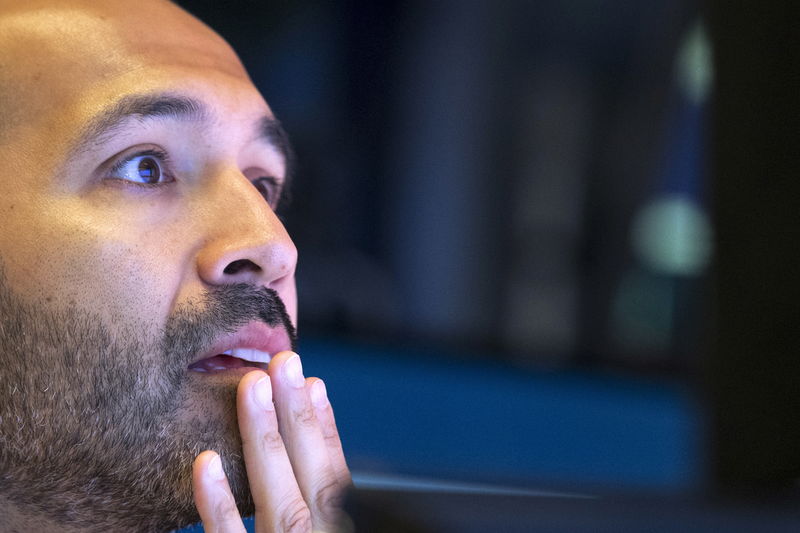Quiver Quantitative - David Lawler, the chairman and president of BP (LON:BP) and the CEO of BPX Energy, has announced his resignation to explore new career opportunities. This significant departure comes shortly after the abrupt resignation of BP head, Bernard Looney, who faced criticism for not fully disclosing relationships with colleagues. Orlando Alvarez will assume the role of chairman and president of BP America, continuing in his longstanding position as senior vice president of gas and power trading. Concurrently, Kyle Koontz has been appointed CEO of BPX Energy, responsible for overseeing BP's shale business, and will report directly to Gordon Birrell, the executive vice president of production and operations.
Lawler's exit is the latest in a series of top-level departures from BP. Only two weeks earlier, Bernard Looney stepped down from his role as the company's head. The swift changes in senior management have placed the oil and gas major under intense scrutiny, particularly concerning employees' personal relationships. The company's board has been actively working to reassure investors and staff amidst the unfolding crisis. Lawler, during his tenure, was instrumental in BP’s acquisition of shale assets from BHP Billiton (LON:BHPB) (BHP) a deal worth over $10 billion in 2018. The overarching aim for the company now is to navigate through these challenges and maintain confidence in its leadership and operational decisions.
In the aftermath of Looney's departure, BP announced some interim appointments. Murray Auchincloss stepped into the role of interim CEO, and Kate Thomson became the interim CFO, marking the first time a woman has held that position within the company. These changes, combined with Lawler's resignation, signal a period of transition and possible realignment for BP.
As BP grapples with its internal changes and the broader challenges of the energy sector, it will be imperative for the company to maintain stability, trust, and a clear strategic direction. The upcoming leadership decisions and the management of potential crises will be closely watched by stakeholders and the industry at large.
This article was originally published on Quiver Quantitative
